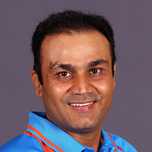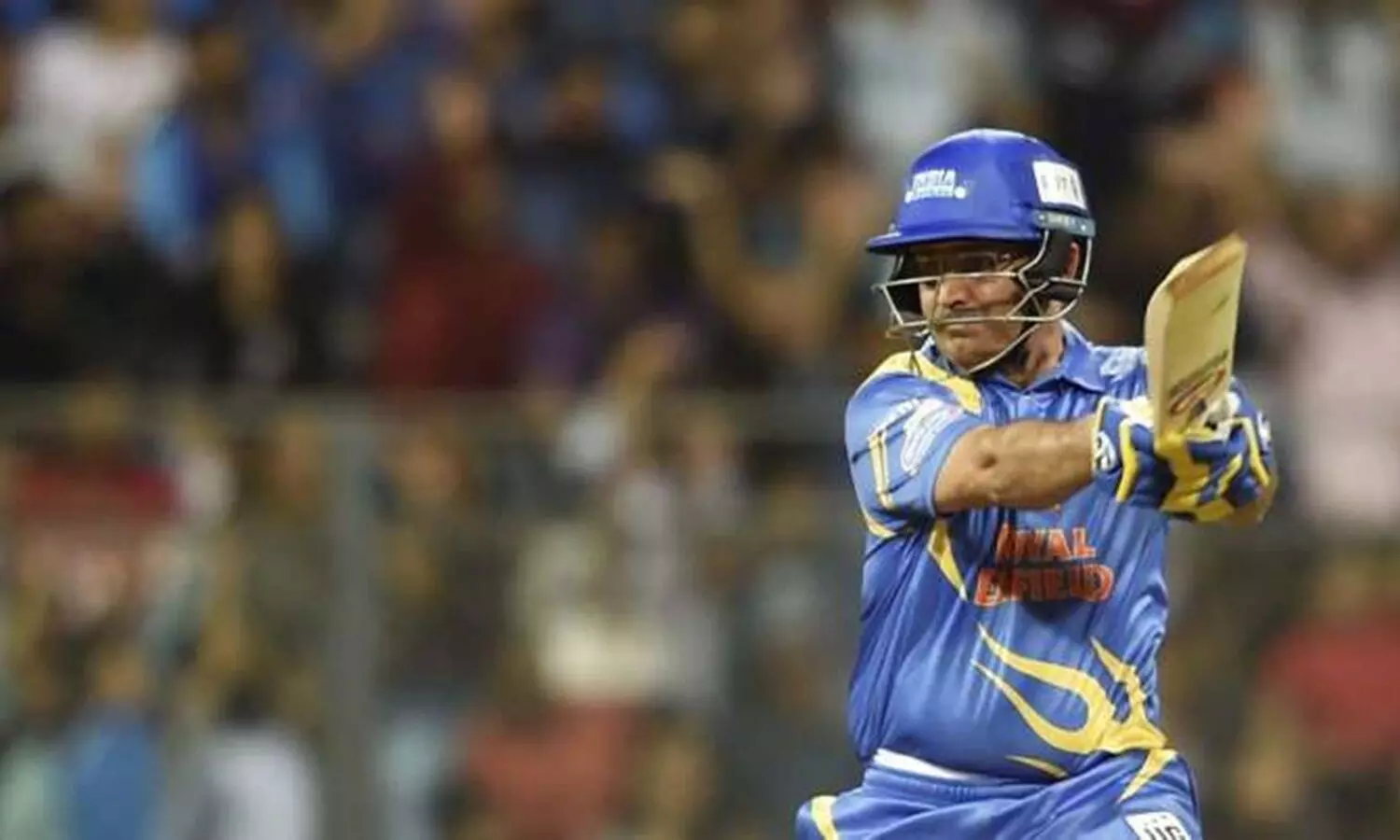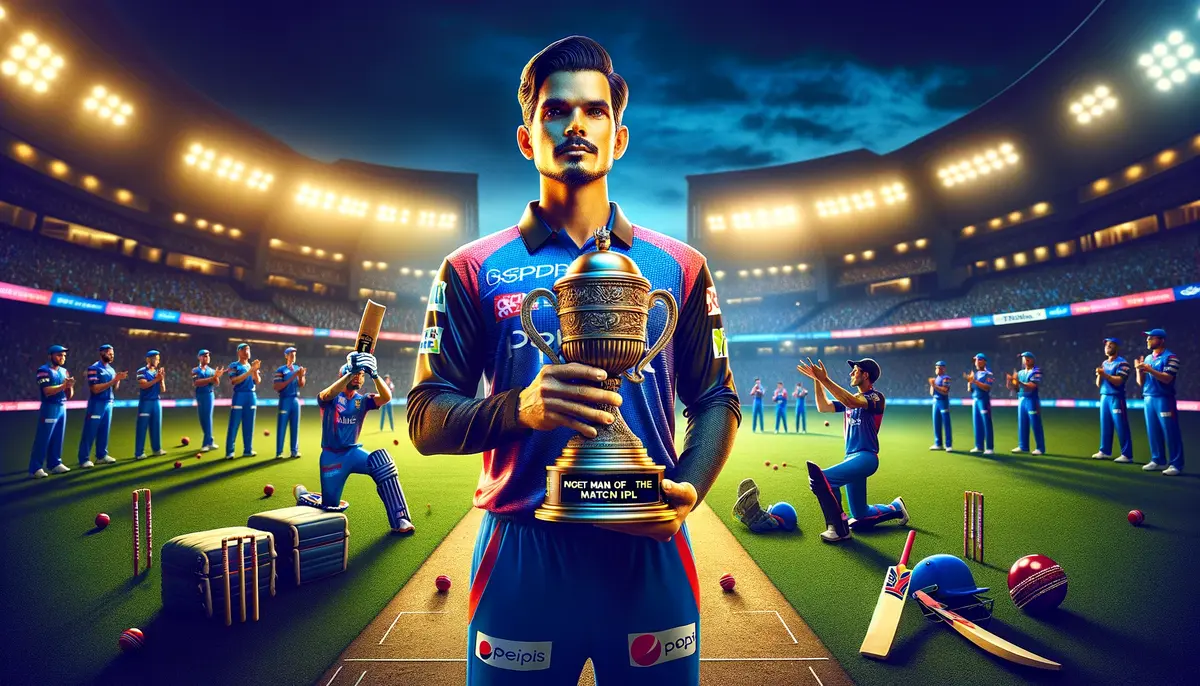Virender Sehwag, born on 20 October 1978, reshaped Indian cricket. His debut in One Day International cricket was in 1999, sparking a new era.
By 2001, Sehwag joined India’s Test squad, showcasing remarkable skill. In 2008, his outstanding performance won him the title of Wisden Leading Cricketer in the World, a first for an Indian.
Impressively, he retained this honor in 2009, a unique achievement worldwide. Sehwag occasionally led as India’s stand-in captain, bringing fresh perspectives.
Moreover, he served as the vice-captain, a role he fulfilled with distinction. His leadership extended to domestic cricket, captaining both Delhi Daredevils and the Delhi Ranji Team.
Sehwag’s time with the Indian team was golden. He contributed to their victories in the 2002 ICC Champions Trophy, the 2007 T20 World Cup, and the 2011 Cricket World Cup.
Notably, during the 2002 ICC Champions Trophy, he was the top scorer with 271 runs. Finally, in 2023, Sehwag’s contributions were immortalized with his induction into the ICC Cricket Hall of Fame.
His journey, from a bold debutant to a celebrated cricket icon, remains an inspiration. Virender Sehwag’s legacy in cricket is a testament to his undying passion and unparalleled skill.
Key Takeaways
Hide- Debut and Impact: Sehwag debuted in ODI cricket in 1999, significantly impacting Indian cricket.
- Global Recognition: He was the first Indian to win the Wisden Leading Cricketer in the World award in 2008 and retained it in 2009.
- Leadership Roles: Sehwag served as stand-in captain and vice-captain for India, and captained domestic cricket teams.
- Major Tournament Successes: Contributed significantly to India's victories in the 2002 ICC Champions Trophy, 2007 T20 World Cup, and 2011 Cricket World Cup.
- Controversial Ban: Faced a ban in 2001 for "excessive appealing" which led to a cricketing and diplomatic crisis.
- Domestic and IPL Contributions: Excelled in domestic cricket and IPL, leading teams like Delhi Daredevils.
- Enduring Legacy: His career is a testament to his skill, resilience, and influence in cricket.
Virender Sehwag: A Star’s Early Life and Personal Endeavors

Virender Sehwag, born into a bustling family in New Delhi, grew up with a deep-rooted love for cricket. His journey began with a toy bat at seven months old.
Despite academic challenges, he pursued cricket passionately, guided by his coach Amar Nath Sharma.
Sehwag’s cricket dream almost ended with a childhood accident, but his mother’s support kept it alive. He later studied at Jamia Milia Islamia, balancing education and sports.
In 2004, Sehwag married Aarti Ahlawat in a high-profile wedding, and they have two sons, Aryavir and Vedant. Unique for singing while batting, Sehwag’s favorite tune was Kishore Kumar’s “Chala Jaata Hoon.
Fulfilling a family dream, Sehwag opened the Sehwag International School in Haryana in 2011. This school, born from a land grant for his cricket achievements, focuses on both academics and sports.
It has already produced talented athletes, as Sehwag proudly shared on Indian Idol in 2017. Virender Sehwag’s story is a testament to his dedication to cricket and his commitment to nurturing future talents.
Virender Sehwag Domestic Career: Rising Through the Ranks
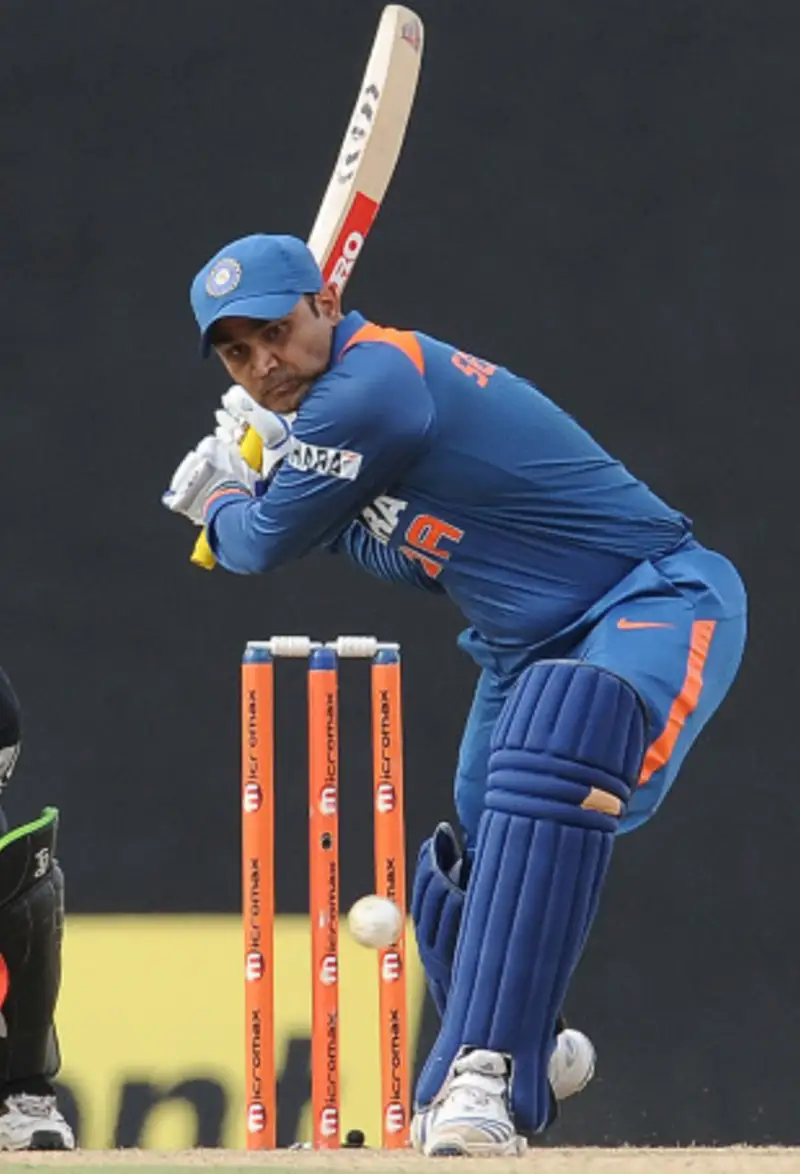
Virender Sehwag’s cricket journey began with the Delhi team in the 1997–98 season. His debut marked a new chapter in his career. The following year, he played for the North Zone in the Duleep Trophy.
Here, Sehwag shone brightly, finishing fifth in total runs. February 1999 saw him as an all-rounder against Pakistan’s touring team. In this match, Sehwag’s 83-ball 66 was a highlight.
Continuing his ascent, Sehwag stood fourth in the Duleep Trophy’s run-scoring list, including a spectacular 274.
This score, his highest in the competition, came against South Zone. It was a display of sheer talent, following a swift 187 in a Ranji Trophy match against Punjab.
Next, Sehwag joined the U-19 team for a tour in South Africa. By the 2000–01 season, he secured seventh place with two centuries.
His consistency caught the selectors’ eyes, leading to a regular spot on the national team by mid-2001.
While balancing international duties, Sehwag continued playing for Delhi. He even led North Zone to Deodhar Trophy victories in 2004–05 and 2005–06. A brief stint with Leicestershire in 2003 was cut short due to a back injury.
In the Indian Premier League, Sehwag captained the Delhi Daredevils in the first two editions. Later, he handed over the reins to Gautam Gambhir, focusing on his batting.
Remarkably, in the fourth edition of IPL, Sehwag was the only player retained by the franchise, again as captain.
His leadership continued into the fifth edition, where he set a record of five consecutive T20 half-centuries.
Celebrating IPL’s 10-year anniversary, Sehwag’s excellence was acknowledged. He was named in the all-time ESPNcricinfo IPL XI, a fitting tribute to his cricketing prowess.
Virender Sehwag: Master Blaster’s ODI Odyssey
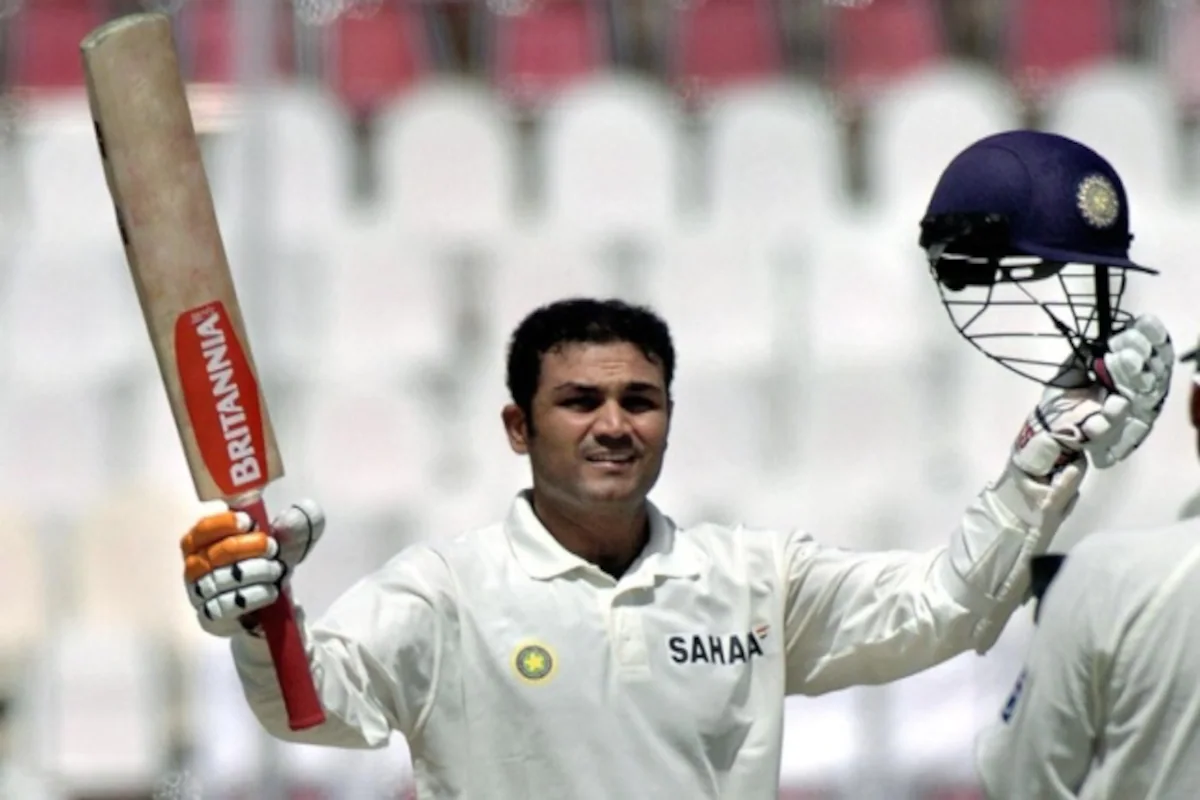
Early Struggles
Virender Sehwag’s ODI journey began in 1999, a rocky start against Pakistan. Scoring only 1 run, he faced a formidable challenge from Shoaib Akhtar.
His bowling yielded 35 runs in 3 overs, leading to a 20-month hiatus from the national team.
Rise to Prominence
Sehwag returned in 2000 against Zimbabwe, marking a turning point. His breakthrough came in 2001, scoring a spirited 58 against Australia.
This performance, coupled with taking three wickets, earned him the Man of the Match award.
Opening Success

2001 was a pivotal year. Sehwag, filling in for an injured Sachin Tendulkar, scored a rapid century against New Zealand.
This innings cemented his position as a top-order batsman. His aggressive playstyle attracted fans worldwide, including cricket legend Desmond Haynes.
Consistent Performer
Sehwag’s ODI career flourished. Notably, he scored a 22-ball 50 against Kenya in 2002, tying for the second-fastest 50 by an Indian.
His role as an opener solidified with strong performances against England and South Africa.
World Cup and Beyond
Despite a modest 2003 World Cup, Sehwag’s ODI contributions were significant. He maintained a high scoring rate and led India on several occasions.
In 2011, he achieved his highest ODI score, 219 against West Indies, marking a milestone in his career.
Test Triumphs
Sehwag’s Test debut in 2001 against South Africa was impressive, despite the team’s defeat. He quickly adapted to opening, scoring a century at Trent Bridge in 2002.
His Test career is highlighted by a triple century against Pakistan in 2004, setting new records for Indian cricket.
International Farewell
Sehwag retired from international cricket in 2015. His last memorable performance was scoring 55 runs in the Cricket All-Stars Twenty20 series, showcasing his enduring talent.
Virender Sehwag’s cricket journey, marked by ups and downs, showcases his resilience and exceptional skill. His legacy in cricket remains unmatched, inspiring a generation of cricketers and fans alike.
Navigating Through Controversy
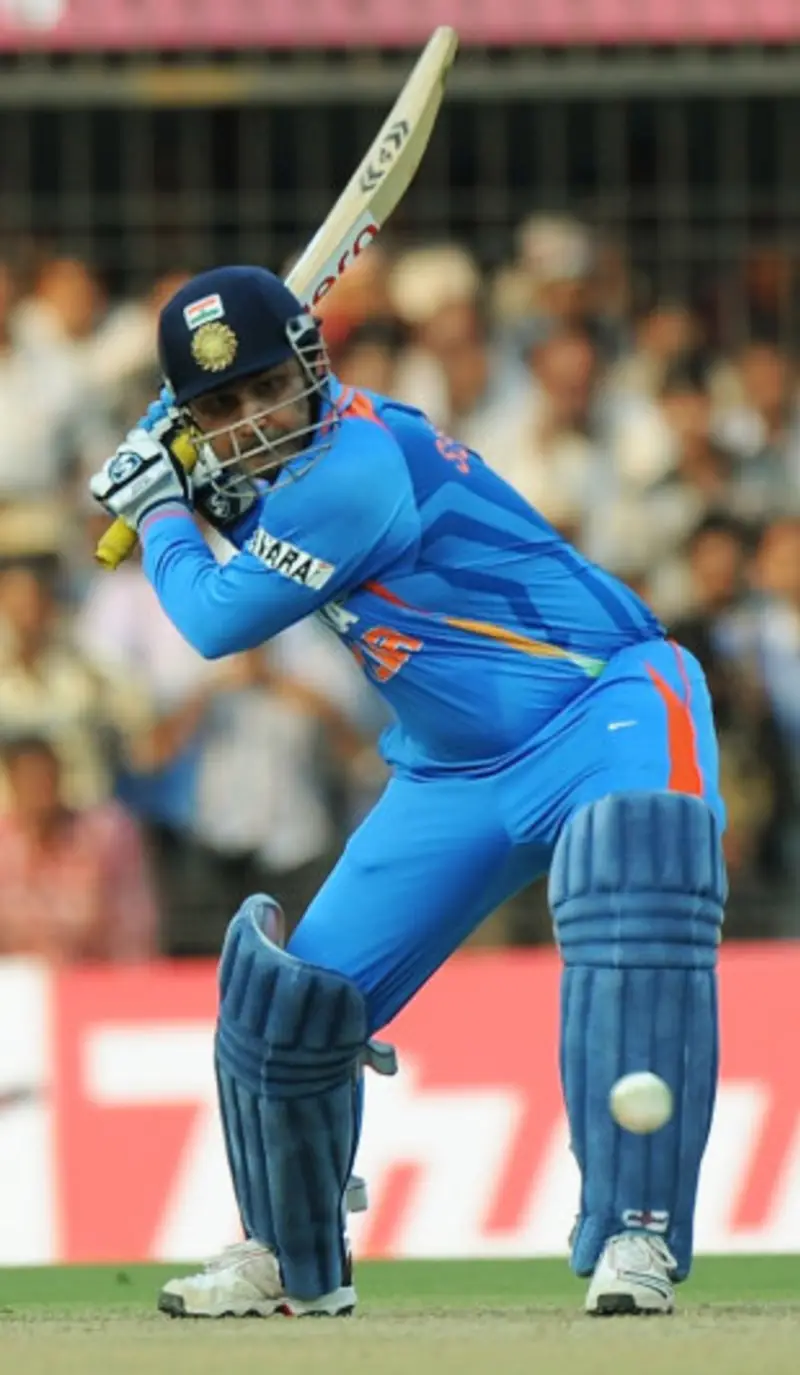
In November 2001, Virender Sehwag found himself at the heart of a major cricket controversy.
During the India-South Africa Test in Port Elizabeth, Sehwag faced a one-Test ban for “excessive appealing,” a decision made by ICC Match referee Mike Denness.
He was among six Indian players penalized, with four receiving suspended bans. This harsh ruling sparked a cricketing and political storm.
The Indian cricket authorities threatened to cancel the tour unless Denness was replaced for the third Test.
The ICC stood by Denness, while the South African board sided with the Indian team, even barring Denness from entering the stadium for the third Test.
Consequently, the ICC deemed the match ‘unofficial,’ a mere ‘friendly five-day match.’ This decision reduced the series to a two-match affair, declaring South Africa as 1–0 winners.
The controversy extended to Sehwag’s inclusion in the Test squad for India’s subsequent England tour. The ICC warned that any match featuring Sehwag, prior to serving his ban, wouldn’t count as an ‘official’ Test.
After negotiations involving the ECB and ICC, and considering the broader interests of cricket, India dropped Sehwag from the team for the first Test against England.
In a revealing 2015 interview with Zee News, Sehwag shared that he considered retiring in 2007 after being dropped, but Sachin Tendulkar persuaded him to continue.
Frequently Asked Questions (FAQs)
When did Virender Sehwag make his debut in One Day International cricket?
Virender Sehwag debuted in One Day International cricket in 1999, marking the beginning of a new era in Indian cricket.
What significant achievement did Sehwag earn in 2008 and 2009?
In 2008, Sehwag was honored as the Wisden Leading Cricketer in the World, becoming the first Indian to receive this title. Impressively, he retained this honor in 2009.
What roles did Sehwag play in the Indian cricket team apart from being a batsman?
Apart from his batting prowess, Sehwag served as India’s stand-in captain, the vice-captain, and led domestic teams like Delhi Daredevils and the Delhi Ranji Team.

